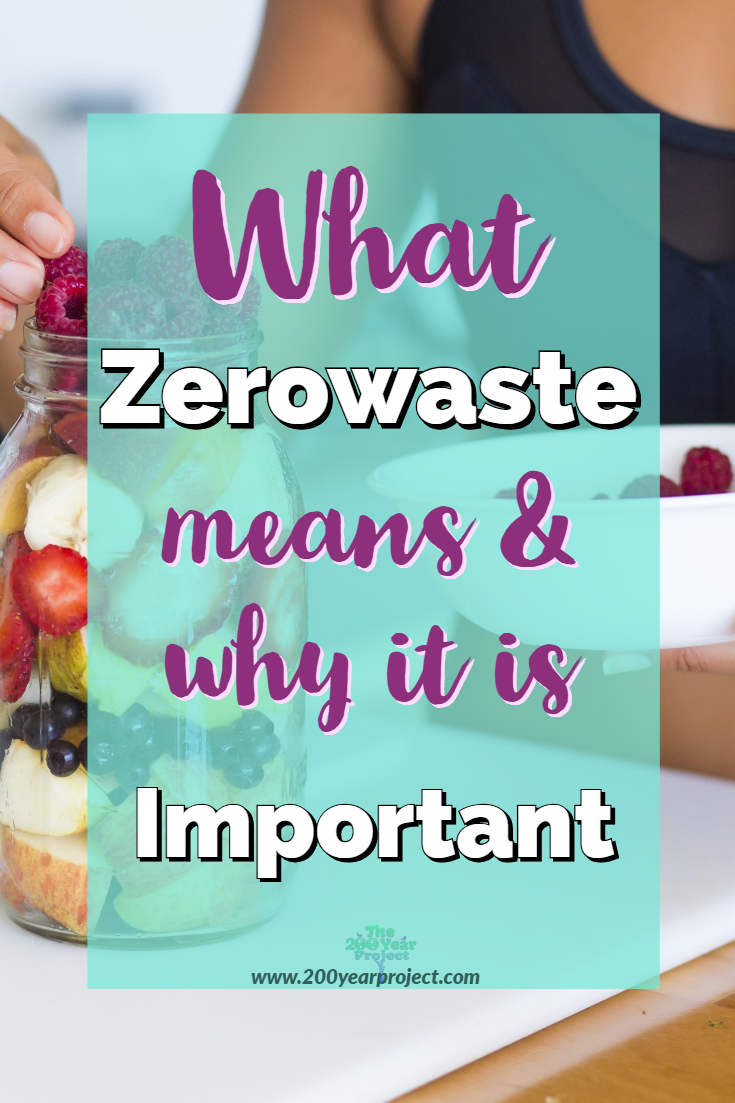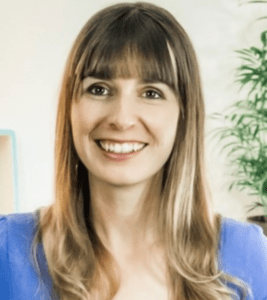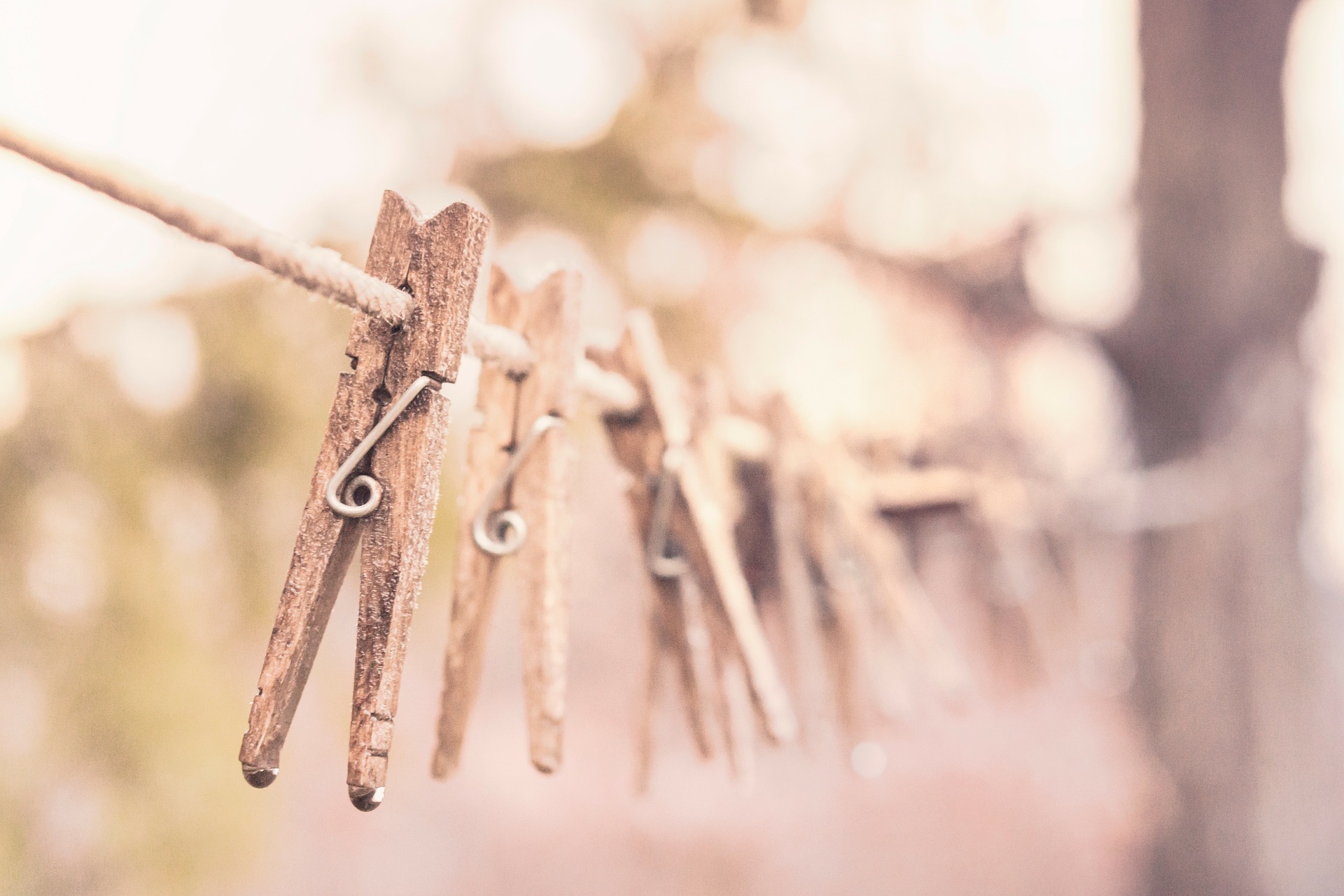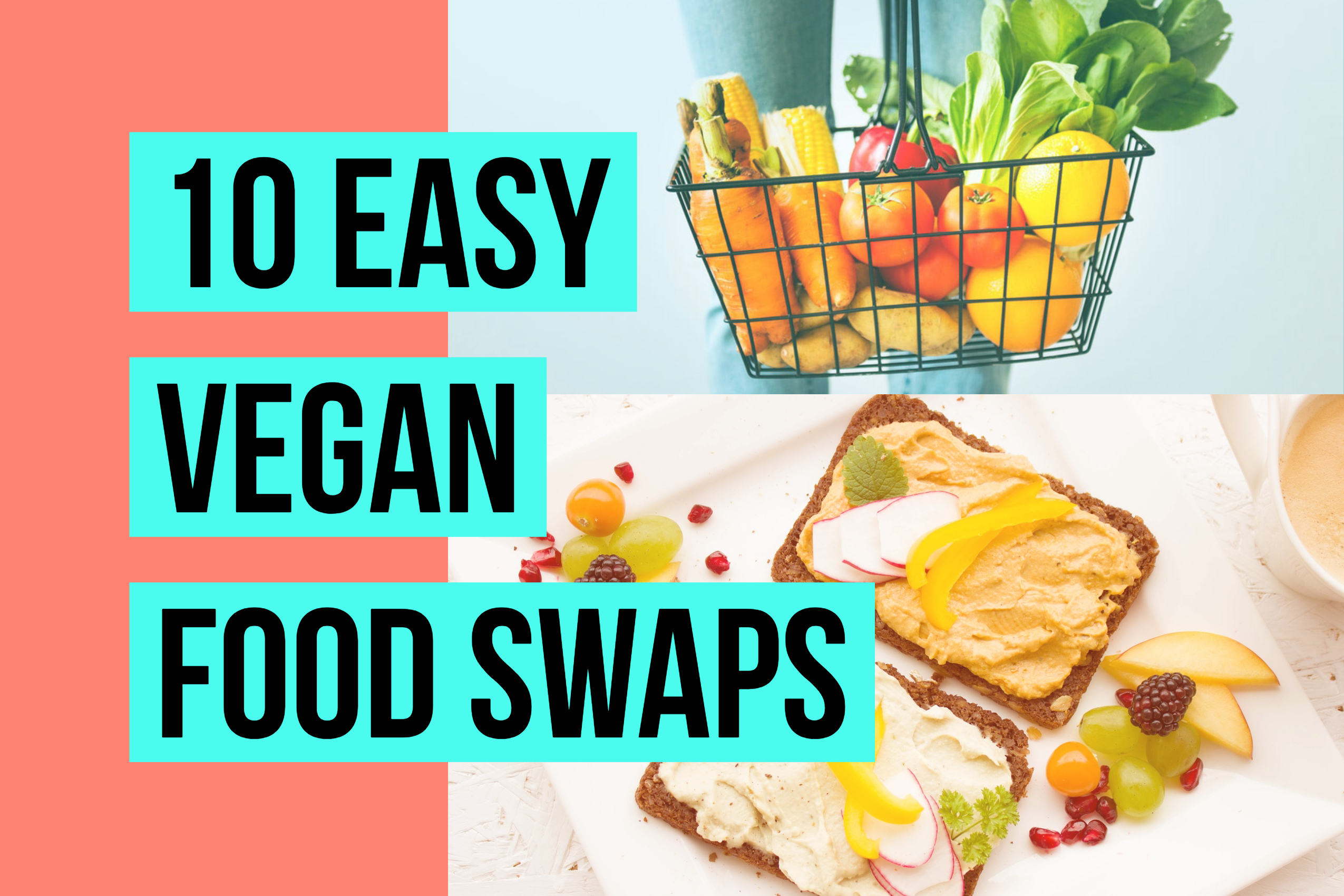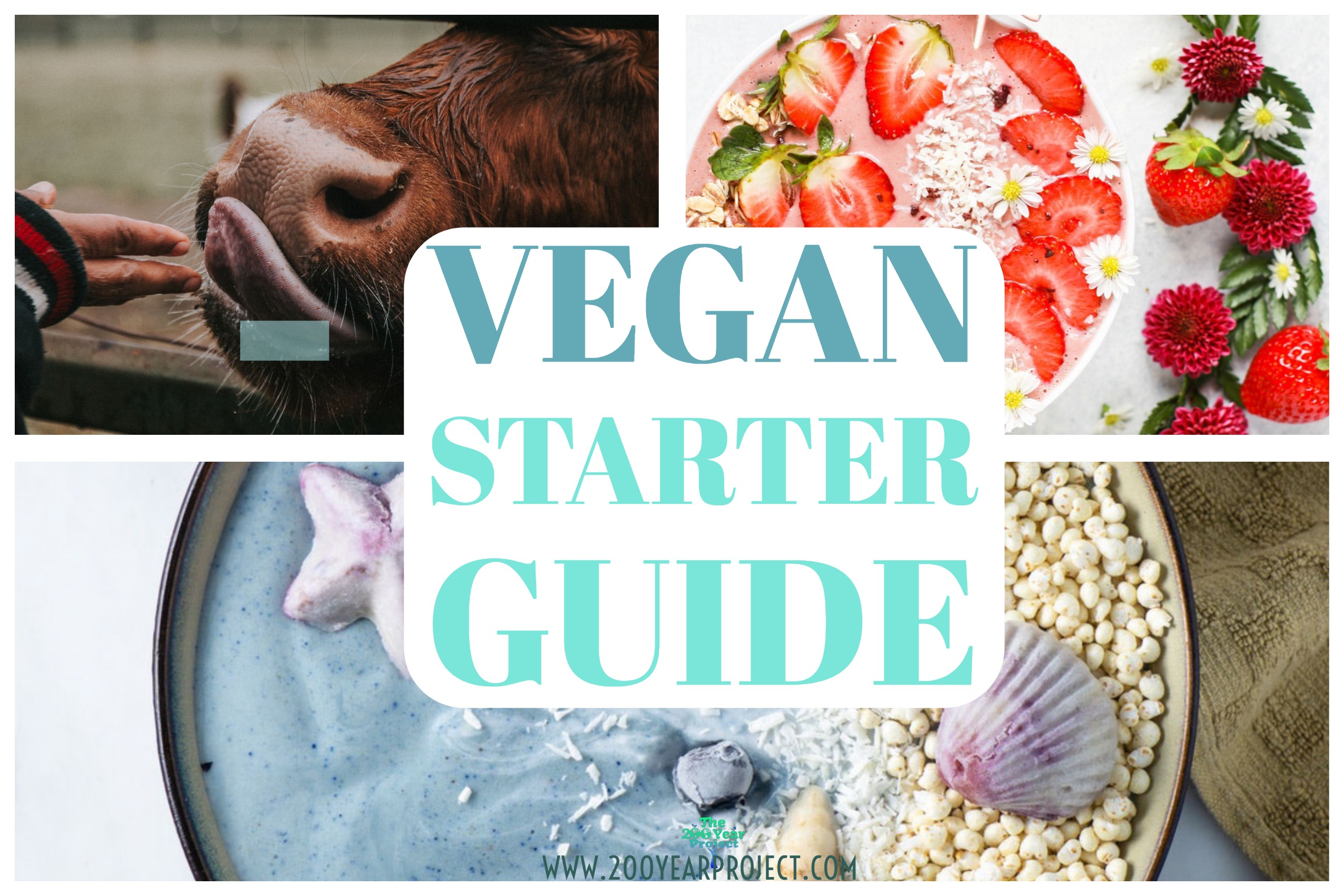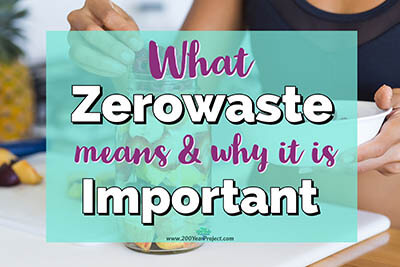
THE ZEROWASTE CONUNDRUM
ZEROWASTE – When I first heard about it, I was extremely skeptical how anybody could be truly zero waste in today’s world. We just seem to produce so many things that end up in the trash! It starts with the grocery store, where everything finds a way to be packaged and wrapped. Even all the way through nonperishable items like electronics and furniture are sold wrapped in some sort of packaging. Where do I even start on this journey, I wondered.
DEFINING ZEROWASTE⠀⠀⠀⠀⠀
After watching some youtube videos on Zerowaste I was definitely intrigued – I mean how do people only fill a jar with their trash after an entire year??? There must be a “secret” to this…and as I found out, there is! In order to understand Zerowaste, you first have to define it. Two magical words: ZERO and WASTE.
And when I talk about recycling I don’t mean plastic recycling, I mean true recycling of a product that once used can be turned into anything again without loss of material or waste. Things that fall into this category are definitely glass, metal and aluminum. Other things like cardboard and paper heavily depend on the manufacturer and the way they are recycled.

1. REFUSE
The first step to becoming more Zerowaste is to refuse single-use items as much as possible. That is achieved by having reusable items with you whenever possible.
2. REDUCE
When grocery shopping, consider reducing the purchases of items that are packaged. And look into reducing the purchases of new items unless you truly need them. Check out Minimalism for this, it might help you out tremendously! I know it has for me!
3. REUSE/REPAIR
Things you already have that can be repaired instead of thrown away are great for Zerowasters. Glass or plastic jars you may have bought for food items are great for repurposing or reusing in another fashion in the household.
4. ROT/COMPOSTING
Ideally anything that is compostable should be composted, such as food scraps. The reason this is number four is for those items that have been made compostable by the manufacturers such as single-use cutlery, napkins etc.
It is great that we can now compost these items instead of throwing them into landfills, but since they still require materials and energy to manufacture them, the best route to go are reusable cutlery’s and cups we don’t only use once.
5. TAKE-BACK PROGRAMS/RECYCLE
Since recycling in today’s world is not truly 100%, the items thrown away often still create a lot of trash. Items that are 100% recyclable like glass, aluminum and metal are great options.
Many of the plastic containers however, cannot actually be recycled, and unfortunately consumers have been led to believe they are doing a good thing by buying plastic and recycling it. In the short-term, this partial recycling is better than being thrown straight into landfills, but the recyclability of plastic will be featured on a later post to get the full extent of it all.
Take-back programs, especially for electronics are a great way to properly dispose of the items, but don’t be afraid to hold onto your electronics rather than rush to get the newest, latest models.
6. LANDFILL
The last option, after everything else has failed would be the landfill. Certainly this is the least desired choice and therefore is dead last, but we do live in a time where there are still items we all have to use that will end up in a landfill. Hopefully some day that will change. If we make our Zerowaste dreams come true, we will never use a landfill again. ⠀
⠀⠀⠀⠀
WHY ZEROWASTE IS IMPORTANT
If we want to keep living and thriving on this planet and avoid waging wars over resources, it is very important that we shift away from a linear economic growth model. We live in a finite ecosystem with limited resources after all, so there is only so much this planet has to offer or can handle.
Because every action has a reaction, we cannot keep the anything goes economic growth going without destroying our only home. In order to turn around the ship that’s currently sinking, we need to not only understand the Zerowaste Economic Model, but also what we currently are operating on.
The Linear Economy Model vs. The Zerowaste Circular Model
On a business and industry level, Zerowaste actually is defined by a circular model instead of our current linear one. On a linear economy model, we extract the finite resources from the earth, manufacture them into products with energy from the earth, distribute them into the businesses and to people that use them for a limited amount of time and then dispose of them.
Often, products are created to only last a short amount of time so that consumers have to buy new ones, thus the companies make more money. This model was designed on the principle and priority of economic growth. Please watch the “The Story of Stuff” short video, as it is extremely insightful to understanding our current economy. They also have a series of different videos for all kinds of products which is very interesting as well!
THE PEOPLE HAVE THE POWER
I know right now it may sound like, “well the industry and economy need to change, what can I do about it?” but trust me the industry only puts out what the people buy. The more people appreciate and want sustainable products, the more profit minded companies will make the shift to something the people actually want. When we start buying more sustainably and encourage others to do the same, we can turn the system around. Besides, many cities around the world have turned towards becoming a Circular Zerowaste Model already!
Fort Collins announced a goal of 75% diversion by 2020, 90% diversion by 2025, and zero waste by 2030. In April 2016 California enacted a statewide food waste ban. Los Angeles aims to reach 90% diversion by 2025 and operated at a 76.4% diversion rate in 2014.
It is definitely possible! Since you are on this website reading this article, it is clear that you understand how important the shift to a sustainable model for the future is and I thank you for it! Check out our small Zerowaste Starter Guide to get into the first steps of Zerowaste! And then head over to our complete detailed guide on Zero Waste Laundry Detergent to make that easy switch.
It’s not an overnight project, but your dollars do matter and companies and governments will take notice. We can make a change! So, let’s work together, inspire each other to do more every day, and educate the masses along the way!
